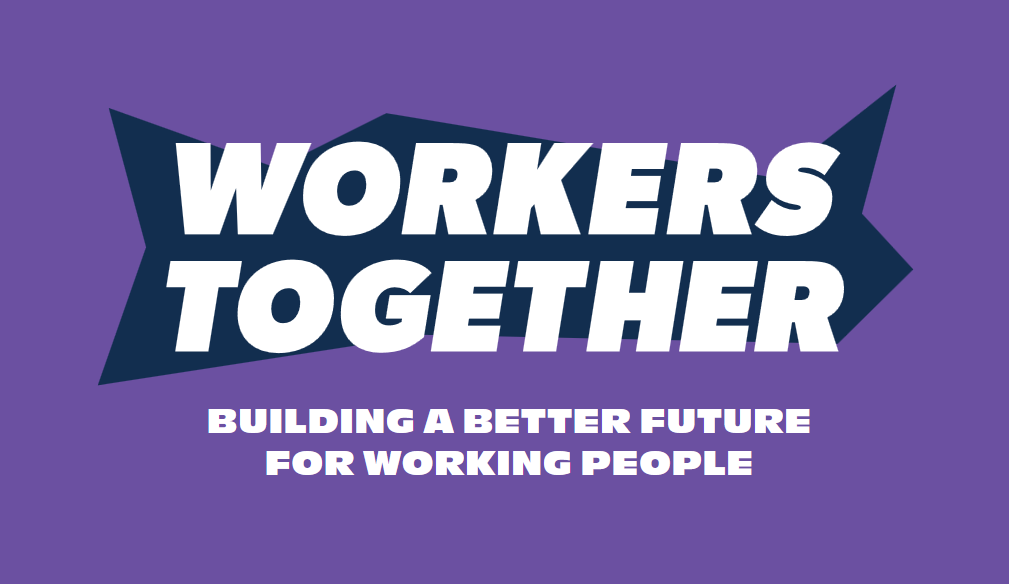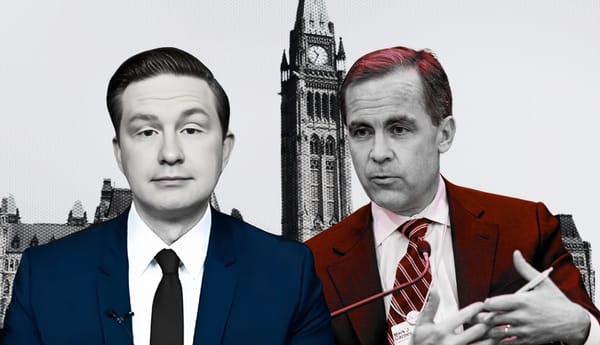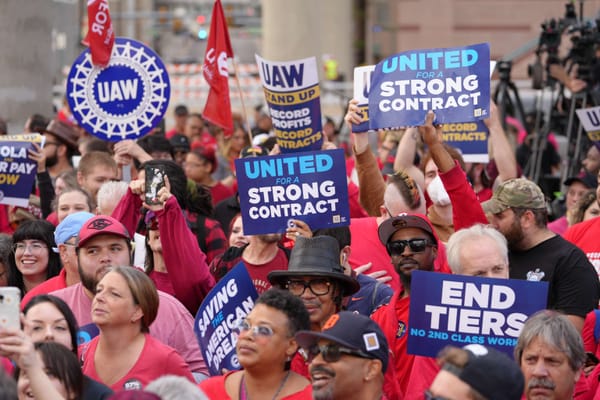As I’ve pointed out previously in this newsletter, in certain respects, workers in the United States have greater latitude to strike than Canadian workers (owing largely to the fact that striking nonunion workers in the U.S. enjoy legal protections that their Canadian counterparts do not). However, the conservative supermajority on the U.S. Supreme Court could soon eviscerate the country’s relatively permissible strike laws considerably.
On January 10, the Court heard arguments in Glacier Northwest, Inc. v. International Brotherhood of Teamsters, a case concerning whether or not a company can sue a union for certain economic damages incurred during a labour dispute. Glacier Northwest is a truly disturbing case that could have damaging effects on the American labour movement if the judges side with the employer — an outcome considered likely.
In August 2017, the roughly 90 members of Teamsters Local 174 at a concrete company in Washington state walked off the job. Their contract had expired months before and the union had been unable to reach an agreement at the bargaining table. On the day the strike began, some workers were in the middle of their shifts, driving trucks filled with wet cement. Before hitting the picket line, 16 workers returned their trucks to the employer’s premises and left the cement drums in the back rolling to prevent the unused concrete in them from hardening. The strike lasted a week.
According to the union, workers did their due diligence and, with the company vehicles returned, responsibility fell to the employer to ensure the cement was either removed or delivered to customers.
The employer, of course, disagreed. Glacier claims that the cement had to be washed out of the trucks and was rendered unusable, costing them roughly $11,000. In response, the firm sued the Teamsters for damages and argued that the union had intentionally planned their strike to inflict property damage on the company.
What’s known as the “Garmon preemption” forces an employer to obtain a ruling at the National Labor Relations Board (NLRB) saying that what workers did during a strike is not “protected activity” under the federal National Labor Relations Act (NLRA) before it can file a lawsuit for damages in court. This effectively means that the federal agency tasked with protecting workers’ rights has preemptive power to make such determinations before any case can proceed in state or federal court. Lawyers for the Teamsters maintain that the employer’s tort claim was unlawful because the union engaged in NLRA–protected activity, an opinion with which the Washington Supreme Court agreed.
In December 2021, the Washington Supreme Court dismissed the company’s lawsuit against the union, finding that the workers’ had indeed engaged in “protected activities” under the NLRA.
As many commentators have pointed out, this is a settled area of American labour law. The “Garmon preemption” has not been in question up to this point and the Washington judges who sided with the union did so unanimously. There was really no need for the Supreme Court to hear this case, other than to aid corporations seeking to further handicap unions at a time when the public is growing more supportive of organized labour and increasing numbers of American workers say they want to join a union.
While the outcome of this case could have a chilling effect on strikes, Glacier Northwest is also important because of its implications regarding Garmon and the ability of employers to sidestep the NLRB.
This is where the details become somewhat complicated. The question is not simply, “Can an employer sue a union for economic losses or damages?” Instead, tied up with this question is whether states’ jurisdiction to hear such claims remains preempted by the federal Labor Board. In other words, the Supreme Court siding with the employer and thereby reviving the lawsuit in Washington Court could simultaneously limit the jurisdiction of the Labor Board and the right-to-strike protections afforded to workers by the NLRA. If workers and unions can’t depend on the protective jurisdiction of the Labor Board, and find themselves potentially facing a deluge of lawsuits in state courts every time they hit the picket lines, this could make an American labour movement already quite hesitant to strike even more so.
Thus far, the Biden administration and its appointees at the Labor Board and Justice Department haven’t been terribly helpful. Despite positioning himself as the most “pro-union President in American history,” so far it seems Joe Biden isn’t convinced of the exigencies of Glacier Northwest.
The NLRB itself, which has undergone somewhat of a makeover since Biden installed the labour lawyer Jennifer Abruzzo as general counsel, has basically taken a “middle-ground” approach in the case. In its brief to the Supreme Court, the NLRB, along with the Justice Department, argue that the Washington Court which sided with the union and overturned the lawsuit acted before the regional NLRB could finish its own investigation. However, they further contend that the workers didn’t take “reasonable precautions” to protect employer property before commencing their strike. As ridiculous as this sounds, the “reasonable precaution” test is what determines whether a union can be held responsible for property damage resulting from a strike.
What counsel for the government are essentially saying is that the NLRB has preemptive authority to determine what worker actions are “protected” by federal law and that, in this case, they should be able to determine this before any lawsuit proceeds. Insofar as this intervention “on neither side” seeks to uphold Garmon, it’s welcomed. But to put it frankly, counsel for the NLRB and the Biden administration seem much more concerned with protecting federal preemption and the jurisdiction of the Labor Board than with protecting the right to strike or defending the interests of the workers in this particular case. In fact, since they claim that the workers didn’t exercise “reasonable precaution,” the government would simply allow the lawsuit to proceed — only after the NLRB’s jurisdiction has been affirmed.
As you would imagine, Corporate America has a lot riding on this case. They would love nothing more than to further cripple unions’ ability to strike. Glacier Northwest is being represented by Noel Francisco, former solicitor general for the Trump Administration. The company’s case is also being heavily supported by business and other anti-labour groups in the U.S., including the Chamber of Commerce, the National Federation of Independent Business, the State Policy Network, and the National Right to Work Legal Defense Foundation, all of whom (and more) submitted amicus briefs encouraging the Supreme Court to further restrict the right to strike.
While the American house of labour is behind the Teamsters, there seems to be little appetite for taking the fight to protect the right to strike beyond the courts. As labour researcher Kate Bronfenbrenner put it to C.M. Lewis in an interview at In These Times, cases such as Glacier demonstrate why it is so important to organize worker power and public support to challenge anti-union legal decisions.
As the case of CUPE education workers in Ontario recently demonstrated, workers and unions can’t afford to rely solely on law and the courts to protect their rights. Fighting back against regressive legislation and legal decisions requires worker mobilization and numbers in the street.







